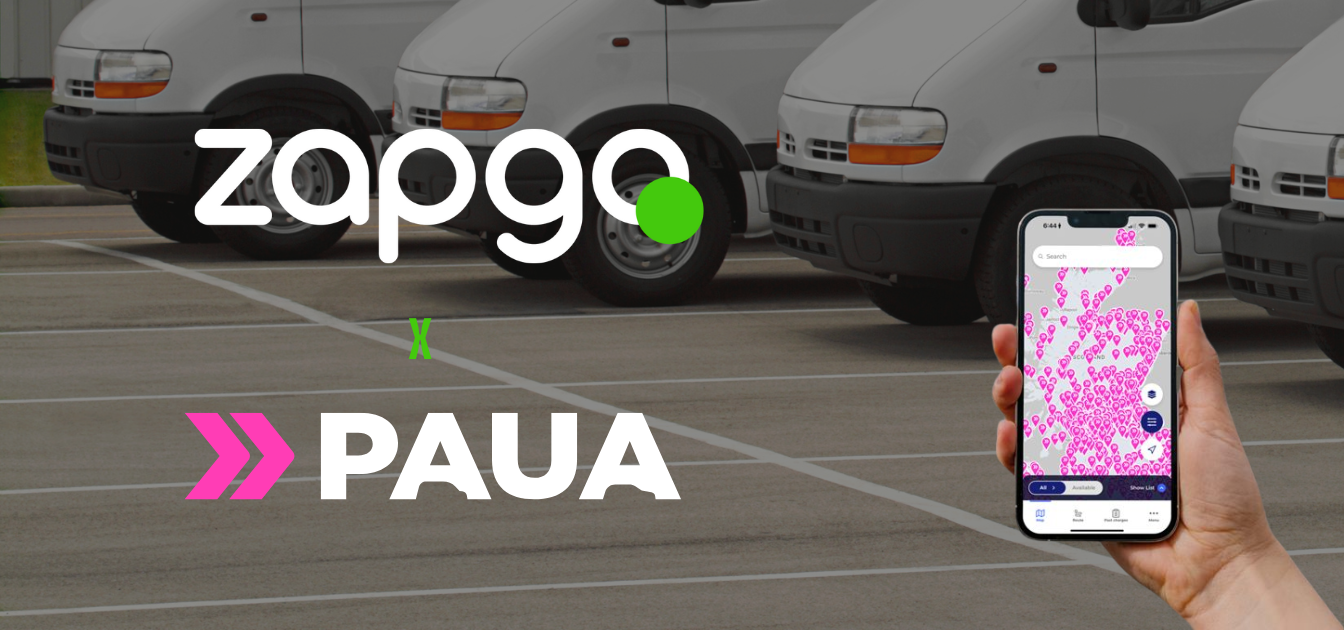TL;DR
In a recent podcast episode, Niall Riddell discusses the U.S. Department of Energy's Loan Program for electric vehicle projects with Chelsea Sexton. They explore financing criteria, the importance of supply chain stability, and the transition to EVs across various industries. Challenges such as market stability and charging infrastructure are also addressed.
- Niall Riddell, CEO & Co-founder at Paua speaks to Chelsea Sexton of the US Department of Energy in this latest episode of the Insiders Guide to Energy EV Series podcast with host Chris Sass.
- Link in blog to full episode
The DoE Loan Program
The Loan Program aims to assist with the manufacturing and deployment of electric vehicles and their components through specialist financing. The office primarily focuses on large-scale projects in the battery supply chain, but also supports smaller projects that contribute to the overall development of the EV industry.
The loan programs office evaluates the financial viability and technological potential of these projects, while requiring companies to have some equity investment in order to be eligible for financing.
The criteria and factors considered when evaluating loans for energy projects
The important areas the team consider include readiness factors such as technological readiness, commercial viability, market presence, and environmental assessment. In her role, Chelsea coaches potential applicants and guides them through the loan application process.
She highlights their ability to provide loan guarantees and work with commercial banks. The transition from the private sector to the public sector is notable, with Chelsea expressing excitement about the ability to allocate a larger amount of capital towards promising projects.
There is however, a need to coach certain projects towards grant programs if they are not yet ready for the Office' programs. There difference between technological risk and technology risk, with different programs having different philosophies on technological readiness.
Chelsea believes there is an importance of proving both the technology and the capability to execute the project. A good example or case study is the 'Blue Oval' project where automakers partner with battery companies to secure their supply chain and specialise their products. Chelsea highlights the importance of strengthening the supply chain for electric vehicles and mentioned the trend of regionalising manufacturing.
Global trends and differences
The focus is on reducing supply chain risk and improving logistics in the context of Asia and other regions.
The goal is to enable faster and more efficient processes, particularly in relation to the automotive industry. The efforts involve bringing new projects and technologies to the US, while also supporting job creation.
However, there are concerns about the stability of the market and the need to continue working towards sustainable growth. The potential impact of automation on employment is also considered, with an emphasis on creating good jobs and providing training opportunities.
The Department of Energy has programs to support skills development in the industry. Despite progress, there are still risks and challenges to bringing electric vehicles to the North American market.
The transition to electric vehicles is improving and there is a need for more product diversity and awareness to grow. California is leading in EV sales, but there is still a lack of awareness and comfort in selling EVs among dealers. The manufacturing and assembly of EVs can happen globally, but projects financed by the Loan Programs Office need to be based in the US.
The US government is investing a significant amount in the charging infrastructure, with a focus on light-duty vehicles but also expanding into medium and heavy-duty vehicles. The grid and electricity supply are challenges that need to be addressed, but there is confidence in finding solutions.
The EV transition for all
There is a growing trend towards electrification of the grid and utilities are planning for this shift. However, there are some barriers such as transformer availability and interconnection times that are impacting charging infrastructure.
The government, industry, and consumers all play a role in driving the transition to electric vehicles. Policy factors and industry involvement are helping to move the transition forward. While there are challenges in electrifying segments such as heavy trucks, buses, and mining equipment, work is being done to find solutions.
Electric vehicles are being increasingly used in various industries, such as agriculture and construction, with some countries mandating zero-emission vehicles in certain settings. Norway, for example, is setting a precedent with its zero-emission construction sites. While EV adoption is growing, there is a need to support it in other regions. Chelsea uses an electric bike as her mode of transport, but sees the potential of EVs in personal transportation.
Full Epiosde of Insiders Guide to Energy EV Series can be found here





